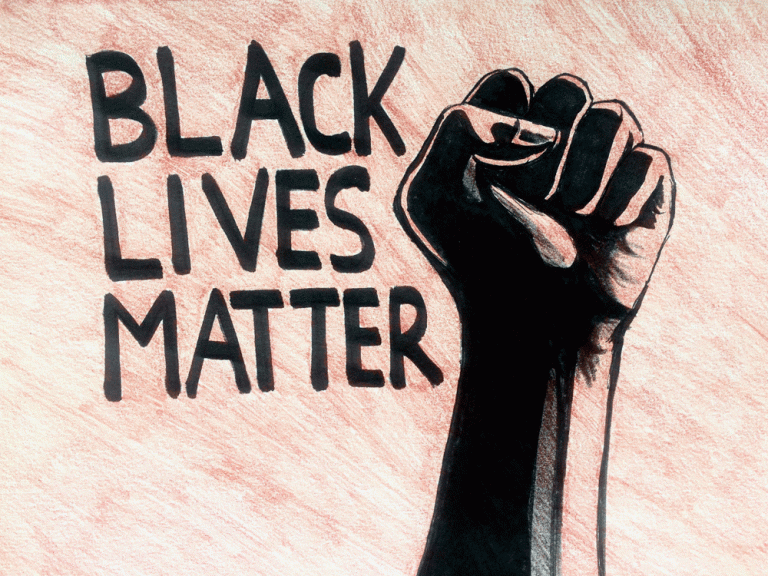
Hannah Juley
The Walter Scott case of April 2015 recently made headlines again when Michael Slager pleaded guilty to charges that he violated the slain man’s civil rights. Slager now faces the possibility of life in prison, which is a rare conviction for a law enforcement official to face for an on-duty killing. While this plea to a single charge of willfully using excessive force to deprive Walter Scott of his civil rights resolves all pending charges against Slager, for groups such as the Black Lives Matter movement this is a victory for their cause.
The conviction of Slager is giving the Scott family rightful justice and allowing them to put this horrific case to rest. Walter’s mother, Judy Scott, commented on the plea, saying, “Michael Slager admitted what he did, that was enough years for me because no matter how many years Michael Slager gets, it would not bring back my son.”
What Walter Scott’s case has done is shed light on cases where law enforcement officials have violated civil rights and now has the nation fighting against these injustices. Like Judy Scott said, there is no bringing her son back; once a life is lost there is no amount of payment or punishment that can revive it. But the conviction of Slager is a victory in the effort to put a stop to cases such as Walter Scott’s murder because it exemplifies that the fight against police brutality is being won.
The Black Lives Matter movement, while controversial, has still managed to gain some recognition for the underrepresented population and has helped Walter Scott’s family receive some justice when so often these cases are overlooked. Shortly after the murder of Walter Scott, the Black Lives Matter movement was there to protest against police brutality and the use of fatal force.
The movement has protested multiple cases of police brutality in cities such as Ferguson, where a white officer shot unarmed black teen Michael Brown, to Staten Island, New York, where police choked local resident Eric Garner to death while attempting to arrest him for selling untaxed cigarettes, and to Cleveland, where a cop shot and killed 12-year-old Tamir Rice while he was holding a toy gun. What Black Lives Matter and other movements have done is show persistence in their fight for justice; the Walter Scott case has forced the nation to recognize the regular violation of civil rights that occurs within our country.
The work to be done is still far from over. Now that police brutality has been recognized, it is time to start fixing the problem. Movements like Black Lives Matter should continue to draw attention to police brutality cases, but also be open to efforts from law enforcement to stop police brutality from continuing. However, it is important to remember that the officers whom have violated the civil rights of people through police brutality do not represent the vast majority of law enforcement officials.
The protest against police brutality should target the small percentage that has violated citizens’ civil rights and not the majority that is trying to protect and help people. Attorney General Jeff Sessions recently stated that “The Department of Justice will hold accountable any law enforcement officer who violates the civil rights of our citizens by using excessive force, such failures of duty not only harm the individual victims of these crimes; they harm our country by eroding trust in law enforcement and undermining the good work of the vast majority of honorable and honest police officers.”
This statement coincides with what the movement against police brutality is asking for, which means there is an opportunity to work with law enforcement for a better future.
As the Department of Justice fights to put a stop to police brutality and as cases such as Walter Scott’s receive closure, it will be important for citizens and officers to begin to trust one another so that both parties feel safe. As idealistic as this idea may sound, the only way to change the relationship between citizens and law enforcement is to find a way to work together to make a safer and more cohesive environment. Holding people accountable and remembering there are good people on both sides is the best way to begin to heal this damaged relationship.










